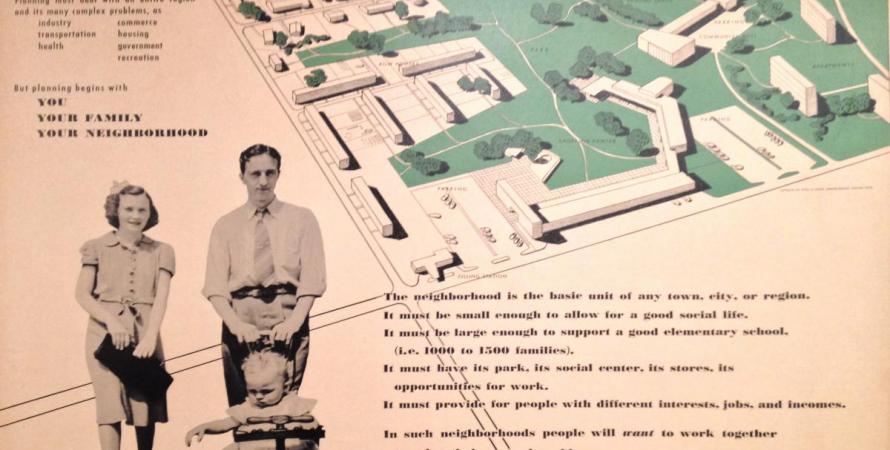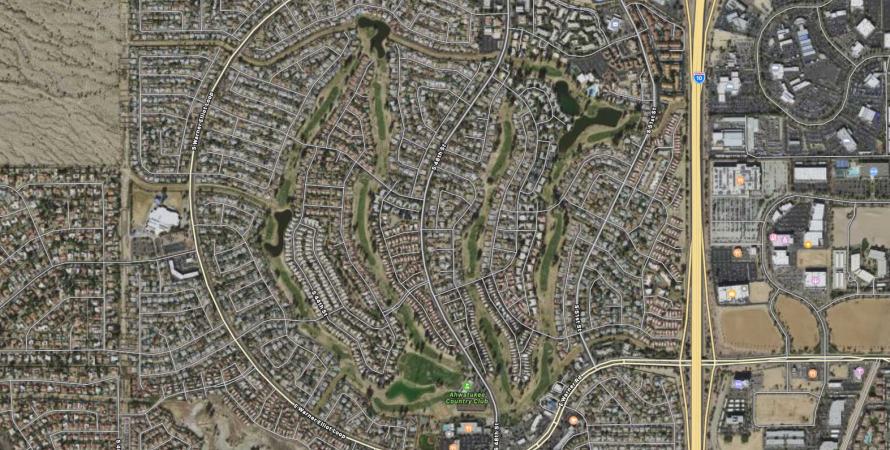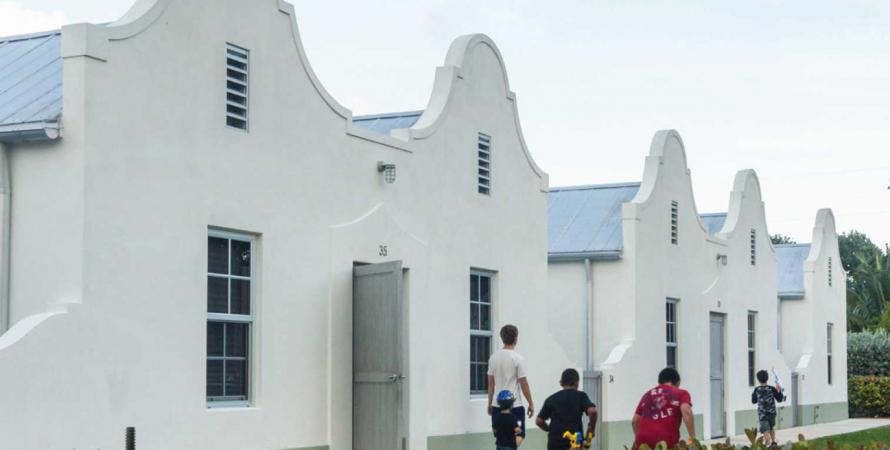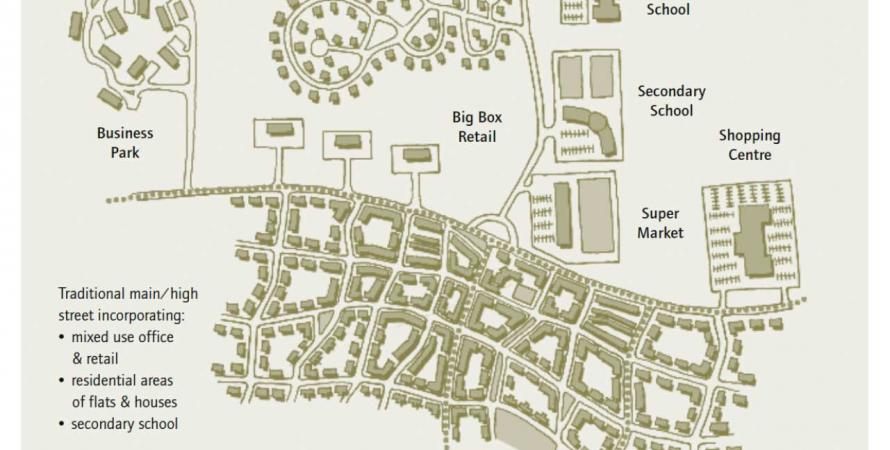-

The once and future neighborhood
Urban planner Emily Talen tells the history of the neighborhood, why it became a controversial topic, and how the “everyday neighborhood” could help a diverse America come together.In the beginning, there was the neighborhood. It was where people lived, for thousands of years. “Neighborhoods are a ubiquitous condition of human settlement, found in all time periods, in all cultures, and in both rural and urban contexts,” writes Emily Talen, Professor of Urbanism at the...Read more -

Failing golf communities not on par with neighborhoods
When real estate switched from building mixed-use cities, towns, and neighborhoods, the industry adopted less sustainable selling points—like golf.The failure of golf course communities continues to be a massive problem nationwide, according to an article in The Wall Street Journal . With 1,200 golf communities nationwide, and golf declining as a past-time, many homeowners face declining property values and are saddled with heavy membership...Read more -

Innovative design for affordable housing
Blue Water workforce housing on Tavernier Key, Florida, created a system that of density that fits into the surrounding one- and two-story fabric.Dignified affordable housing that matches the quality and character of market-rate housing—without breaking the bank—is desperately needed across America. One of the most acute shortages is found in the Florida Keys, where restrictive growth management has resulted in very few affordable units...Read more -

Conventional suburban vs. sustainable urban
This diagram [FOOTNOTE:1] explains a key difference between conventional suburban (top) and sustainable urban (bottom) development patterns. The conventional suburban area, governed by conventional zoning codes, separates uses into distinct areas that branch off of the automobile-oriented...Read more